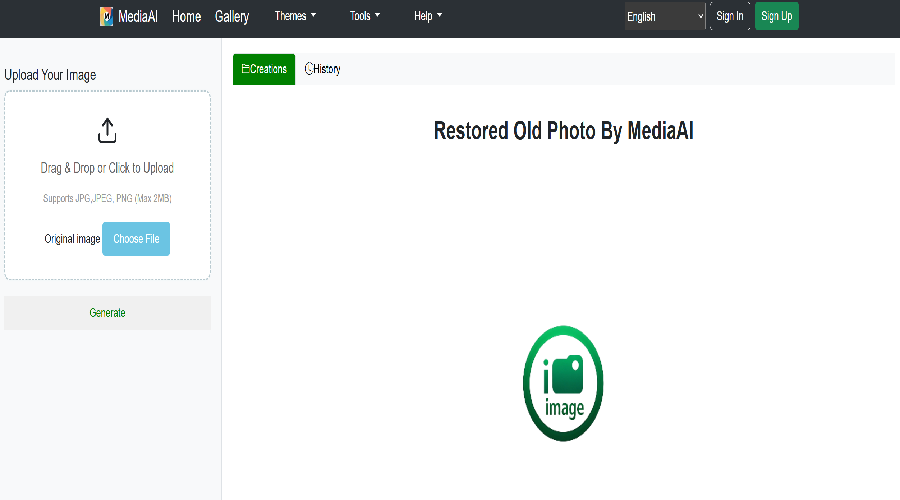How to Clean Oil Paintings on Canvas: A Comprehensive Guide
Oil paintings on canvas are treasured pieces of art that can last for centuries with proper care. However, over time, dust, dirt, and grime can accumulate on the surface, dulling the colors and obscuring the artist's original intent. Learning how to clean oil paintings on canvas properly is essential for preserving their beauty and value. This guide will walk you through the process step by step, ensuring your artwork remains vibrant for years to come.
Understanding the Importance of Proper Cleaning
Before diving into the cleaning process, it's crucial to understand why proper cleaning techniques matter. Oil paintings are delicate, and improper cleaning can cause irreversible damage. The paint layers may crack, the canvas may warp, or the varnish may become discolored. For valuable or antique pieces, consider consulting a professional conservator from our gallery or similar institutions.
Common Problems and Their Solutions
- Surface Dust: Use a soft brush or microfiber cloth
- Yellowed Varnish: Requires professional removal and reapplication
- Stubborn Grime: Mild cleaning solutions may be needed
- Mold Growth: Immediate professional attention required

Step-by-Step Cleaning Process
1. Assessing the Painting's Condition
Before cleaning any oil painting, carefully examine its condition. Look for signs of flaking paint, cracks, or other damage. If the painting is particularly old or valuable, it's best to consult a professional. For modern artworks, you might find our AI painting guide helpful for understanding contemporary techniques.
2. Dry Cleaning Methods
- Use a soft, natural-bristle brush to gently remove surface dust
- Work from top to bottom in gentle, downward strokes
- For stubborn particles, try a slightly damp microfiber cloth
- Never rub or apply pressure to the painted surface
3. Wet Cleaning Techniques
For more thorough cleaning, you may need to use mild cleaning solutions. Always test any solution on an inconspicuous area first. The National Gallery of Art recommends using distilled water with a small amount of mild soap for most cleaning needs. For more stubborn grime, a 50/50 mixture of distilled water and isopropyl alcohol can be effective, but use extreme caution.
When to Seek Professional Help
Certain situations require professional intervention. If your painting shows any of the following signs, contact a conservator:
- Flaking or lifting paint
- Severe yellowing or discoloration
- Mold or mildew growth
- Structural damage to the canvas
For those interested in digital restoration techniques, our AI photo restoration services might offer alternative solutions for preserving artwork images.
Preventive Maintenance Tips
Proper storage and display can significantly reduce the need for frequent cleaning:
- Keep paintings away from direct sunlight
- Maintain stable temperature and humidity levels
- Dust paintings regularly with a soft brush
- Consider using UV-protective glass for framed pieces

Conclusion
Learning how to clean oil paintings on canvas properly is an essential skill for any art enthusiast or collector. While basic maintenance can be done at home, always err on the side of caution with valuable or fragile pieces. Remember that prevention is the best preservation - proper display and storage will minimize the need for intensive cleaning. For more art preservation tips, explore our blog or consult with professional conservators.
Whether you're caring for family heirlooms or valuable collectibles, proper cleaning techniques will ensure your oil paintings remain vibrant and beautiful for generations to come. For those interested in digital alternatives to traditional art, our text to image tools offer exciting possibilities for creating new artworks while preserving the old.